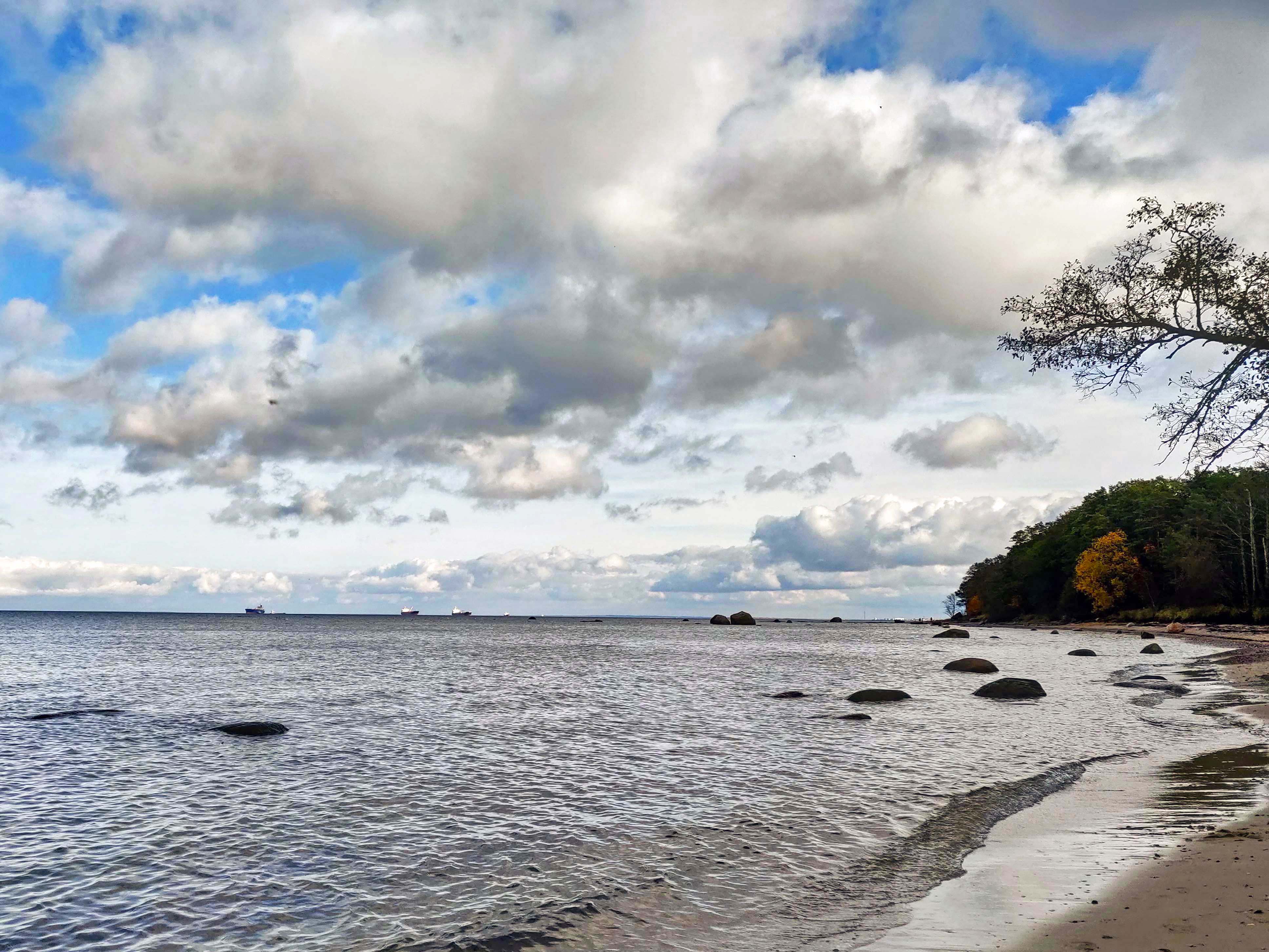The data collected in the framework of national environmental monitoring is reliable and of high quality

Estonia has three levels of environmental monitoring: state, local government, and voluntary monitoring. The performance of environmental monitoring is regulated by the Environmental Monitoring Act.
The state environmental monitoring is divided into 12 sub-programmes, which provide a comprehensive overview of the state of Estonia’s environment and provide input for the fulfilment of international reporting and data transfer obligations [1].
The sub-programmes of the national environmental monitoring:
- meteorological and hydrological monitoring;
- the monitoring of ambient air;
- the monitoring of groundwater;
- the monitoring of surface water;
- the monitoring of the sea;
- the monitoring of biota and landscapes;
- the monitoring of the forests;
- complex monitoring;
- radiation monitoring;
- seismographic monitoring;
- the monitoring of the soil;
- support programme.
The StoryMap created by the Environment Agency provides an overview of national environmental monitoring.
First-level monitoring – state environmental monitoring – is financed from the state budget and through international cooperation programmes. It is based on the state environmental monitoring programme, the annual volume of which (monitoring work, performers of monitoring work, and the cost) is approved by a directive of the Minister of the Environment. The data collected within the framework of the state environmental monitoring is reliable and of high quality: the monitoring is carried out by highly qualified specialists and extensive data sets provide an overview of the state of the country’s environment in various fields (biodiversity, ambient air, water, soil, etc.). In addition to the work carried out by specialists, monitoring is also supported by voluntary monitoring in the field of citizen science. It is coordinated by the Environment Agency, but anyone interested in nature can participate. The organisation of voluntary monitoring is still in its infancy in Estonia, but the first results are already visible.
Second-level monitoring – local government environmental monitoring – is financed by the local government from its budget or with the support of international cooperation programmes. Local monitoring is based on the municipality’s environmental management plans and is aimed at monitoring local environmental problems. Monitoring at this level is still modest in Estonia, and individual monitoring activities take place only in larger cities, such as Tallinn and Tartu.
Third-level environmental monitoring is carried out by companies that are required to monitor environmental impacts in the course of their activities on the basis of environmental permits or permits for the use of environmental resources. In that case, the data collected by the company is subject to disclosure. Companies can also monitor the environment on a voluntary basis – disclosure of these results is not mandatory.
Wildlife monitoring
Wildlife monitoring includes the highest number of diverse monitoring programmes. The number of monitoring works of the wildlife and landscapes sub-programme varies from year to year, but remains in the vicinity of 60 monitoring projects per year. Habitats, species, and communities, as well as landscapes are subject to monitoring. Since 2014, the monitoring of biodiversity has been financed by the Environment Agency from the state budget.
The objective of the wildlife diversity and landscape monitoring sub-programme is to identify and monitor changes in species abundance and distribution and in landscape development. Monitoring data also make it possible to forecast future trends. Monitoring is carried out by highly qualified specialists, but in recent years, the assistance of volunteers has also been accepted (for example, in the case of voluntary monitoring of amphibians). The collected data and its analysis provide background data for the implementation of nature and environmental protection measures and for the planning of economic and construction activities for the state, local governments, and individuals.
New monitoring methods
Technological developments have led to a number of devices that allow environmental data to be collected in a new way. The Environment Agency’s ELME project is testing new monitoring methodologies. For example, track cameras, acoustic sensors, drones, airplanes and their apparatus, automated bat detection software, and molecular biological methods are used as new monitoring methods [2]. The nest predators of galliformes (2011–2014) and the birds of Matsalu (2015–2016) and the coastal meadows of Saare County (2018) have already been monitored with the help of track cameras. Track cameras are also used to monitor the flying squirrel, the golden eagle, and the lesser spotted eagle.
Acoustic sensors are useful for monitoring rare, hard-to-detect species (willow ptarmigan, Eurasian eagle-owl, jack snipe, and bats) in difficult-to-access or very specific habitats.
Drones are used to monitor birds and the landscape. When using drones, the person doing the monitoring does not have to go in direct contact with the object being monitored (the camera on the drone takes photos or films the object) and it is believed that the potential of drones in monitoring is much greater than the current applications.
Last modified: 11.01.2022
__________________________________________________
[1] https://envir.ee/kliima-ja-keskkonnakaitse/keskkonnamoju-ja-seire
[2] ELME uudsete metoodikate ploki tegevusi tutvustav ettekanne (20.02.19)